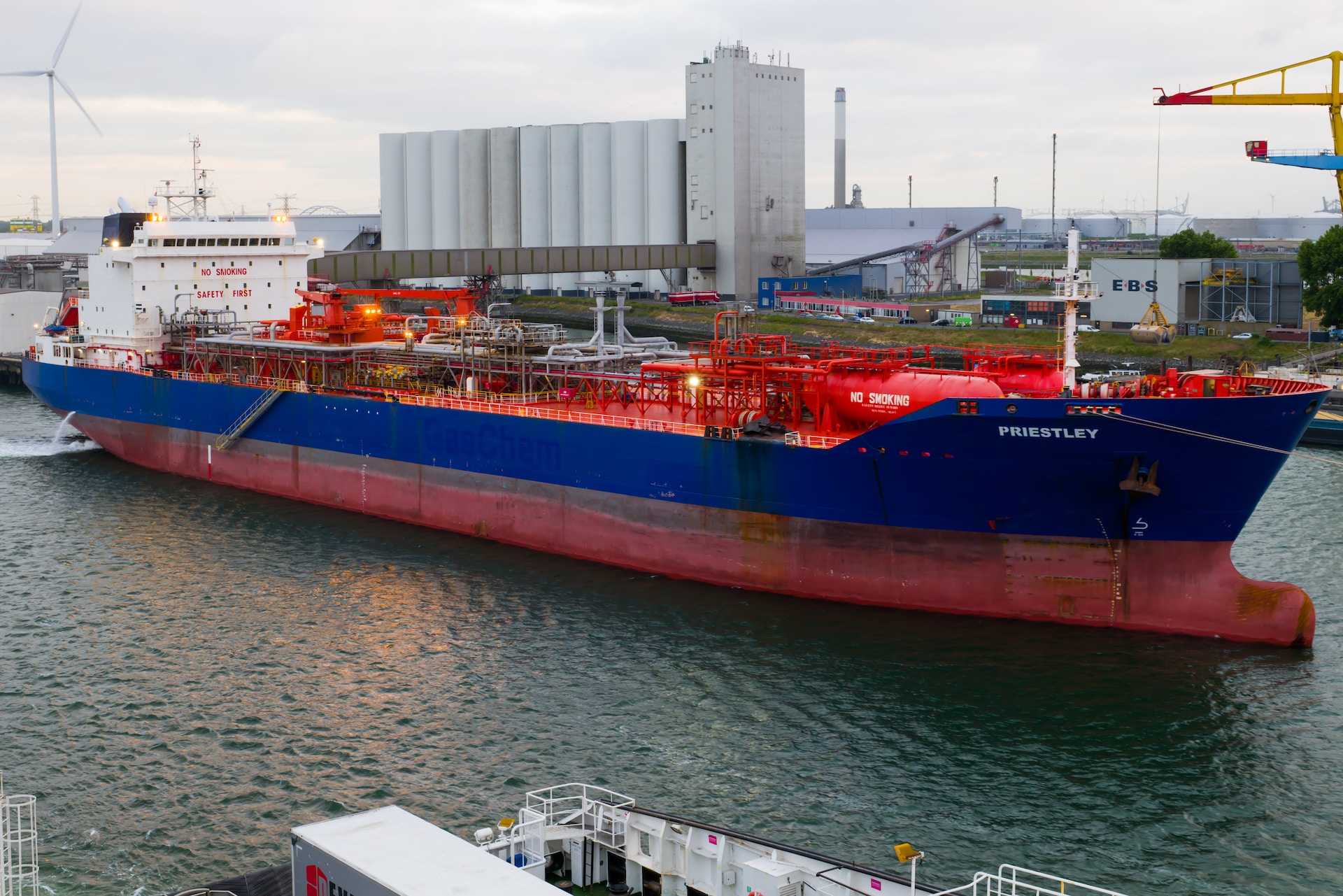- +255 765 730 361
- info@lpgassociation.co.tz
- Azikiwe Avenue, Elite Tower, Left Wing, 9th Floor.
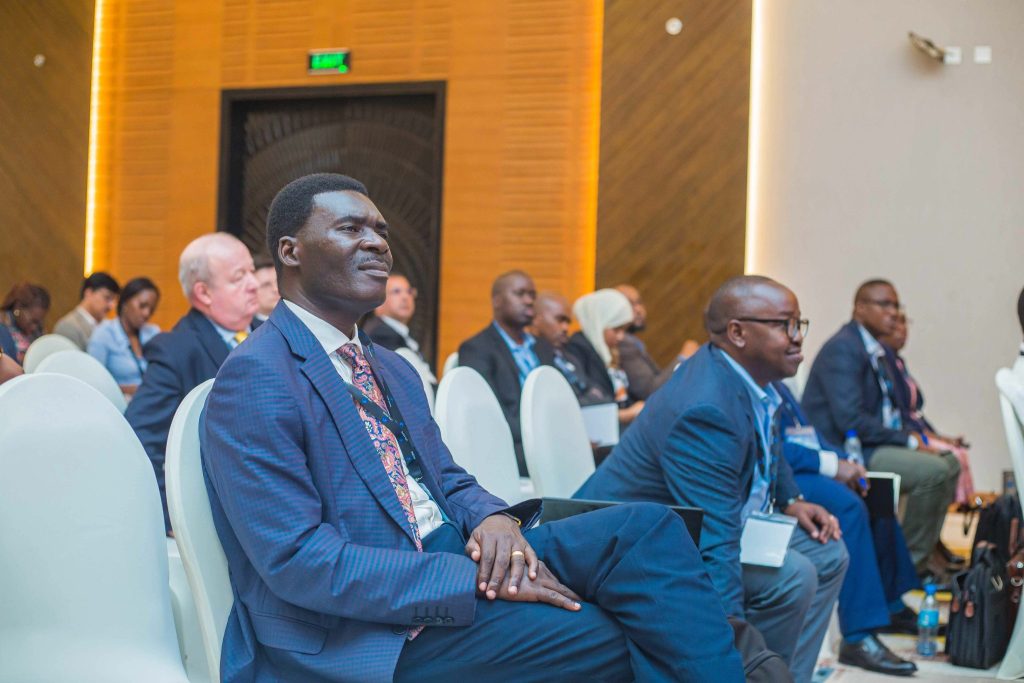
Promote the LPG industry through formulated initiatives and implementation.
Work closely with regulatory authorities to formulate various standards, best practices and general guidelines in transforming LPG industry.
Provide capacity building and Certification programs to enhance personnel competencies within the industry.
Conduct specific Research to collect relevant information and data for the development of appropriate strategic LPG industry growth.
Over the last 12 years, LPG market in Tanzania has been growing exponentially at an average of at least 15% year on year and the growth is expected be even more than that in the coming years. The import and consumption reached about 250,000 Metric Tons and about 160,000 Metric Tons respectively in 2022 as per the Figure below. Some of the LPG product imported is supplied to neighboring countries especially, Kenya, Rwanda, Zambia and Eastern DRC generating more than US$ 150 million forex revenue on annual basis based on 2022 LPG export quantity. This makes Tanzania to be the second biggest importer and consumer of LPG in East Africa after Kenya.

Source: EWURA

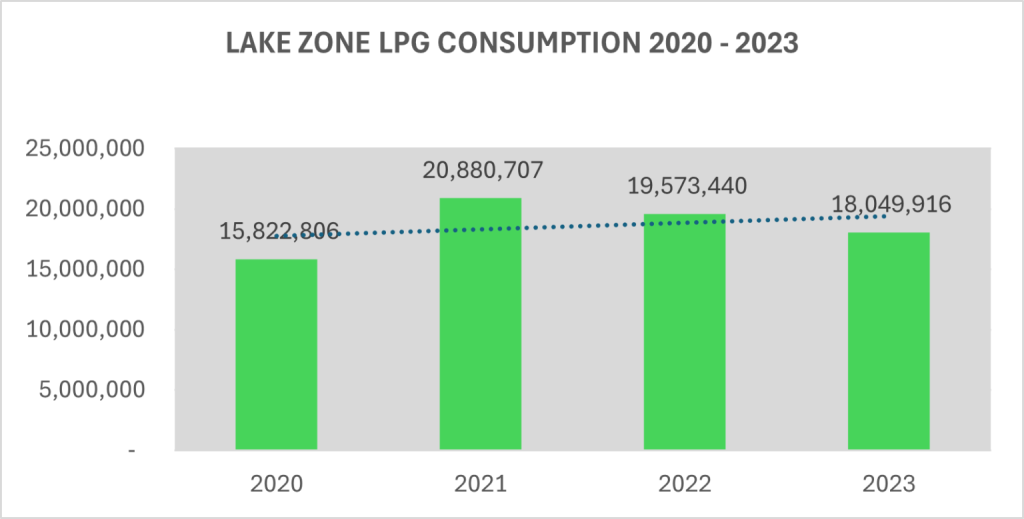
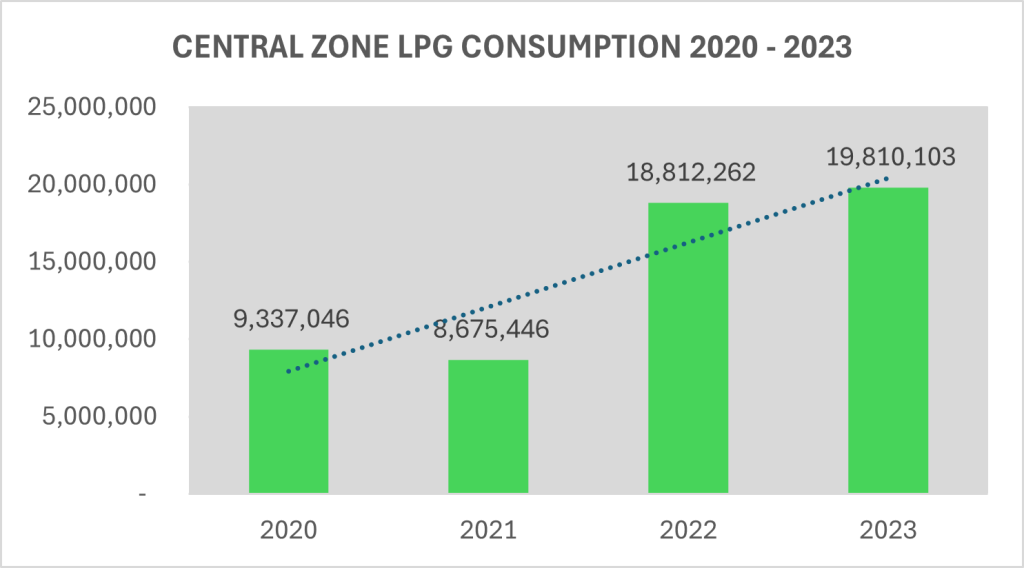
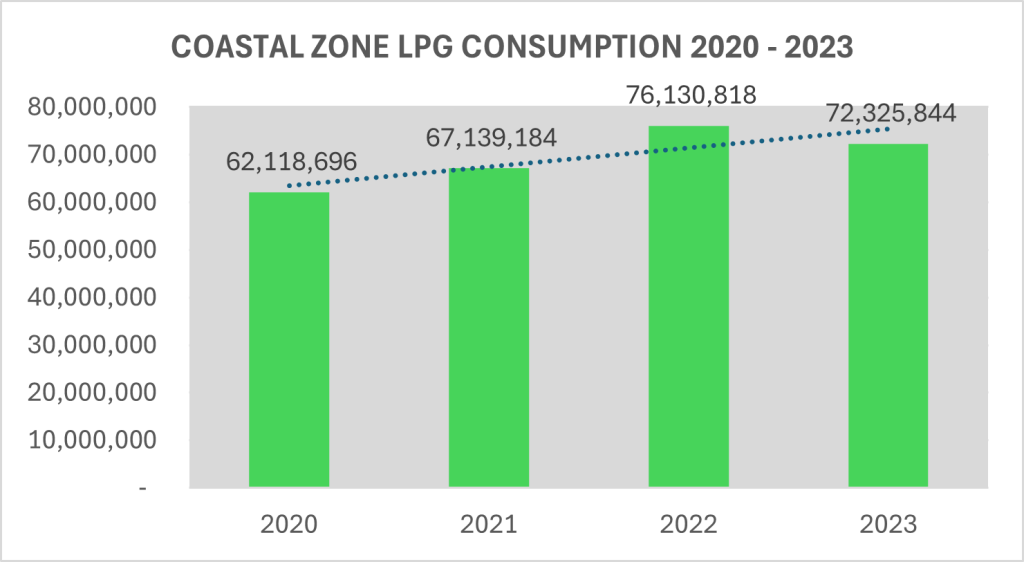
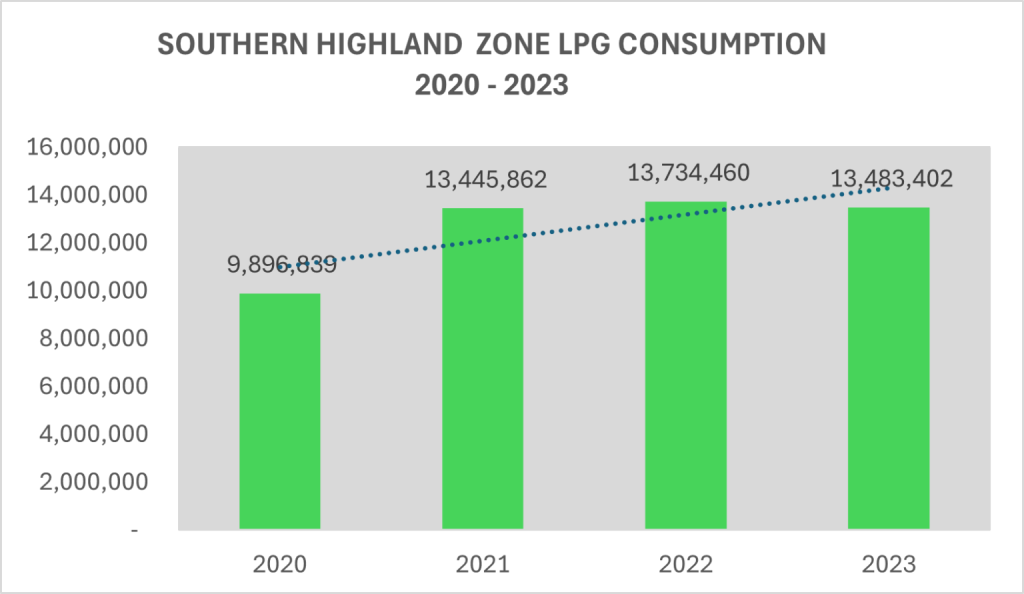
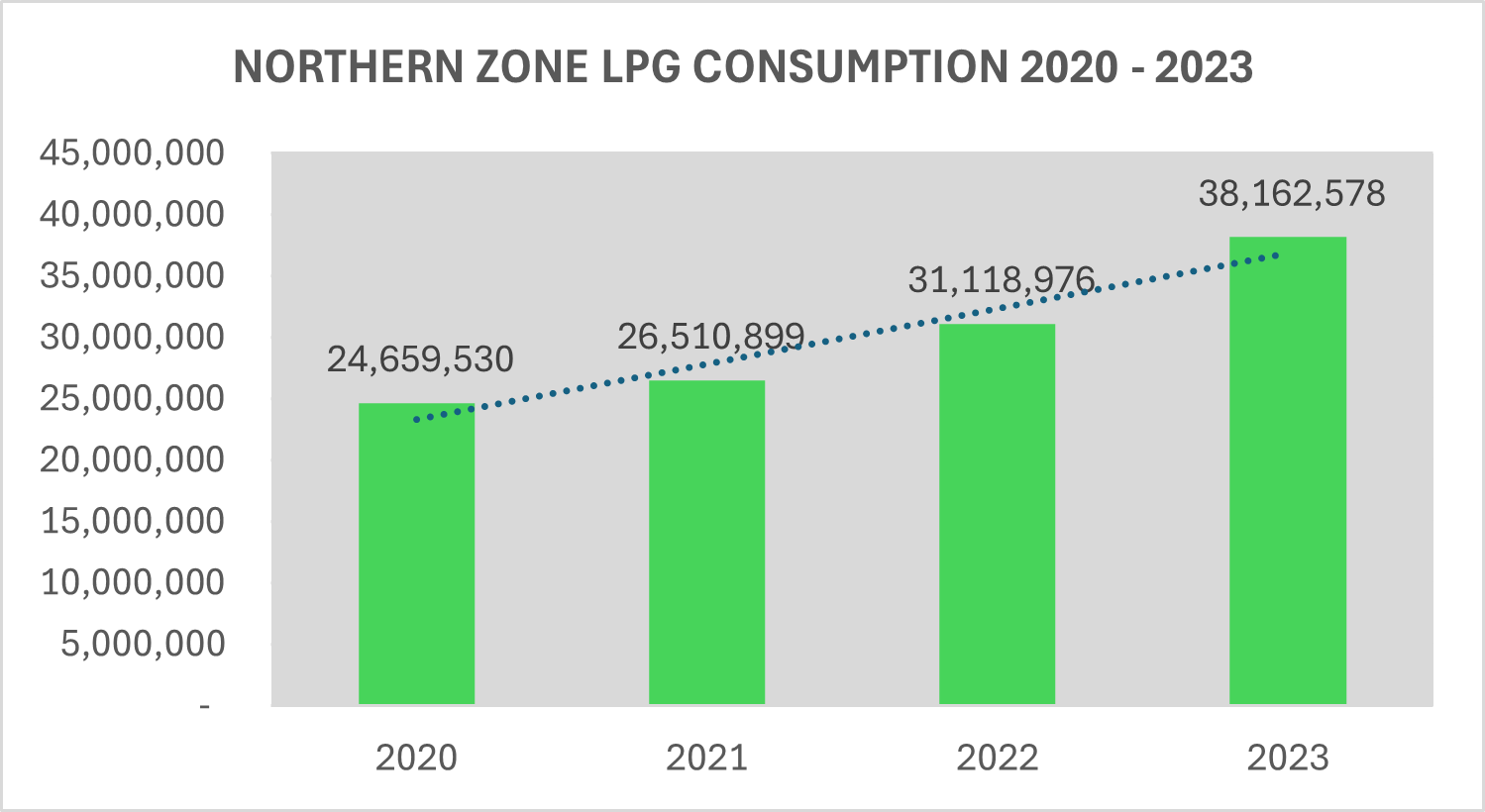
Enrolling in TZLPGA offers diverse benefits such as gaining access to market information crucial for strategic decision-making within the LPG sector
